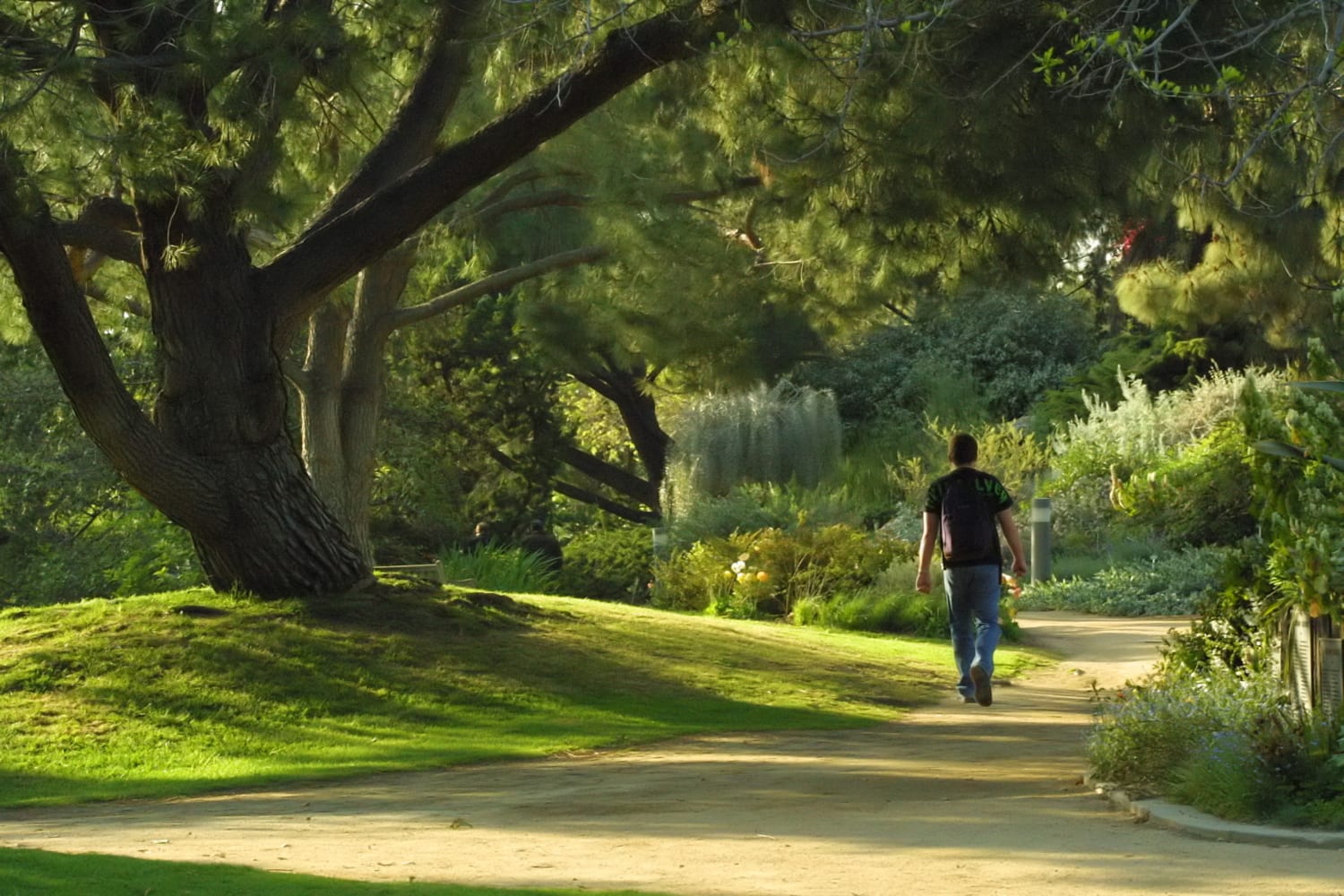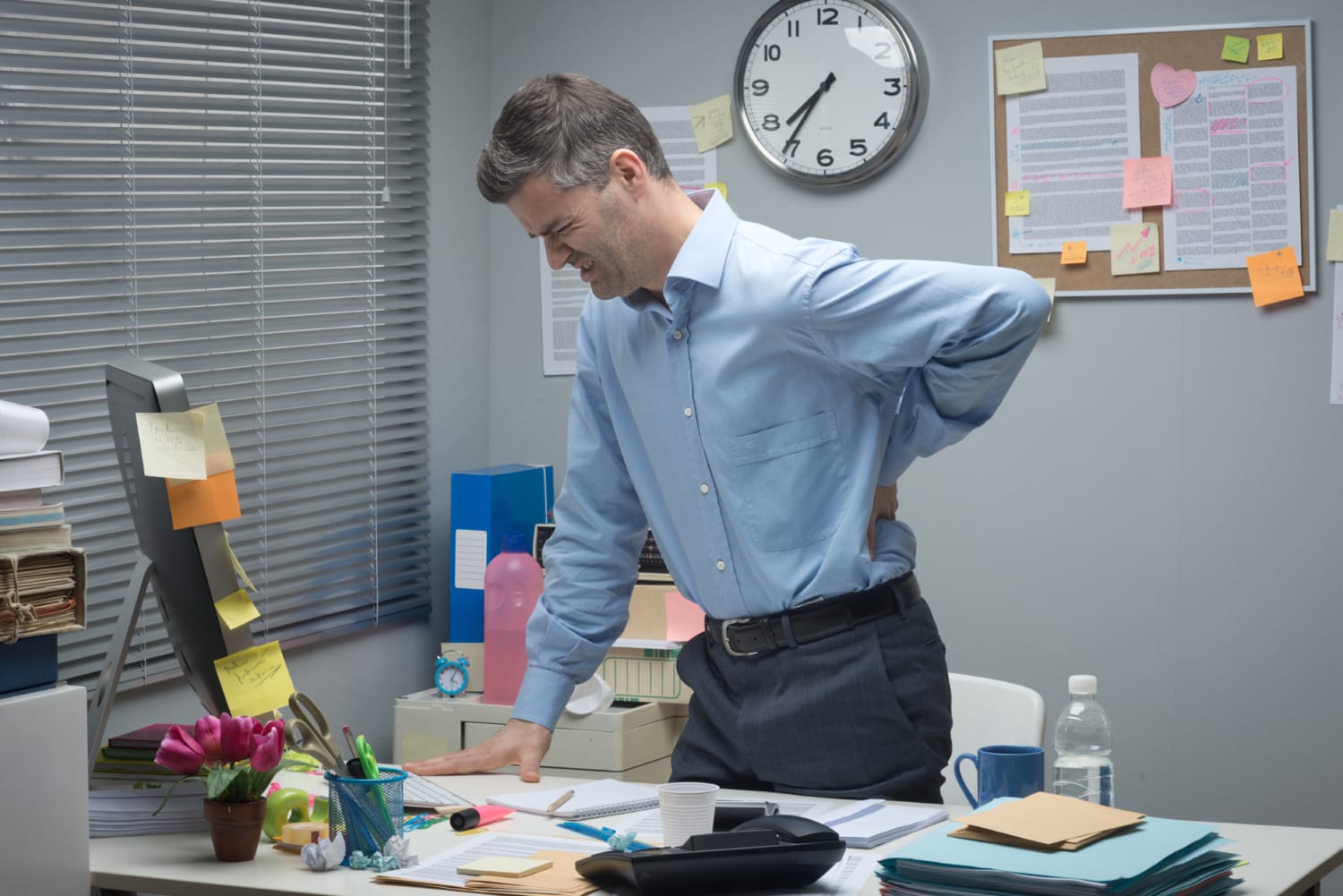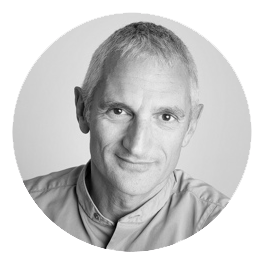 According to a recent study into the physical effects of the brain when interacting with nature, a walk in the park can improve your mental health. The study, which has been conducted as part of the Emmett Interdisciplinary Program in Environment and Resources at Stanford University, has observed physical changes taking place in the brains of people visiting nature, especially in those people who normally live in an urban or built-up environment.
According to a recent study into the physical effects of the brain when interacting with nature, a walk in the park can improve your mental health. The study, which has been conducted as part of the Emmett Interdisciplinary Program in Environment and Resources at Stanford University, has observed physical changes taking place in the brains of people visiting nature, especially in those people who normally live in an urban or built-up environment.
Various studies have shown that people living in more urban locations have much less access to green spaces and are much more susceptible to anxiety, depression and other mental illnesses, when compared to people living in more rural locations, who have unlimited access to nature. As an Osteopath in Central London, I see this a lot and think that there’s a real connection between exercise, environment and health.
Within this study, conducted by Gregory Bratman, a graduate student at Stanford, it’s been proven that people living near parks and city dwellers who visit more natural environments on a regular basis have lower levels of stress hormones after exposure to the great outdoors than people who have not recently been for a stroll in the park or taken part in an outdoor activity within a greener environment. What’s less clear is why green spaces have this calming effect on brains and whether or not any more permanent exposure can improve emotional and mental health.
In an early part of the study, Bratman and his colleagues found that volunteers who walked briefly through a greener landscape at the Stanford campus were more attentive and happier afterwards, than volunteers who strolled for the same amount of time near heavy traffic, however, the study did not examine the neurological mechanisms that might underlie the effects of being outside in nature, and so the team set about a second study.
Within the second study, the team focused in on the effects that a walk in nature might have on individual walkers’ positive or negative moods. To do this in a scientific way, the study zeroed in on ‘brooding’, which is a recognised state amongst cognitive scientists and is described as a metal state of morbid rumination. Essentially, from time to time, we all experience brooding, mostly when we keep going over things that have recently gone wrong with aspects of our lives. Continued negative pondering is not a healthy state for the mind to get into and brooding can be a precursor to depression and, as previous studies have already proven, is disproportionately common among people who live in the City compared to country dwellers.
The study set out to look for signs of morbid rumination as it manifests itself in increased brain activity within the subgenual prefrontal cortex. Tracking activity within this portion of the brain before and after walks in nature, could establish a link between exercise activity within a greener environment and changes in the brain related to mood and mental health.
In the study sample, 38 healthy, adult city dwellers were questioned to determine their normal level of morbid rumination. Each volunteer also had their subgenual prefrontal cortex scanned, with blood-flow tracking used to record stimulation of brain activity.
With half of the participants randomly assigned to a 90 minutes ‘park’ walk and the other half assigned to a more urban walk, with traffic and noise, the conditions for the test were set and after the walks, participants were questioned again and the brain scan information was updated and compared.
The results showed that walking within an urban setting increased blood flow to the subgenual prefrontal cortex and participants levels of ‘broodiness’ increased or remained largely unchanged.
However, volunteers who had taken part in the nature-trail walk, showed slight but meaningful improvements in their mental health, when re-questioned, and blood flow within the subgenual prefrontal cortex was much less, suggesting a more rested and less stressful walk. In other words, getting out into natural environments could be an easy and fairly quick way to improve moods and maintain a healthier mental state.
Perhaps you could try this for yourself? Make an honest appraisal of how you feel mentally on a scale of one to ten and then go for a 90 minute walk in the park and then honestly apprise yourself afterwards, using the same scale and whatever criteria you feel you can identify and compare. Even if you don’t notice a difference in your mood, there is no downside and you’ll have walked for 90 minutes, (around 10,000 steps), which is what the World Health Organisation suggests you should walk in a day to maintain a healthy mind and body.

 Four out of five people suffer from back pain at some time in their lives and as many as one in two will experience back pain in any one year. It is one of the most common problems that people experience. The Backcare charity estimates that 5.6 million working days are lost each year due to back pain. It’s a big problem.
Four out of five people suffer from back pain at some time in their lives and as many as one in two will experience back pain in any one year. It is one of the most common problems that people experience. The Backcare charity estimates that 5.6 million working days are lost each year due to back pain. It’s a big problem. A recent study by Emmett Interdisciplinary Program in Environment and Resources at Stanford University into the physical effects of the brain when interacting with nature has concluded that, a walk in the park or within a tranquil environment can improve your mental health and give walkers a more positive mindset. This is great news for Londoners, who live in an urban environment, but have access to the Thames River walk and nice open green spaces such as the Royal Parks or areas such as Battersea Park or Greenwich.
A recent study by Emmett Interdisciplinary Program in Environment and Resources at Stanford University into the physical effects of the brain when interacting with nature has concluded that, a walk in the park or within a tranquil environment can improve your mental health and give walkers a more positive mindset. This is great news for Londoners, who live in an urban environment, but have access to the Thames River walk and nice open green spaces such as the Royal Parks or areas such as Battersea Park or Greenwich. Insufficient Vitamin D can lead to softened bones, potentially causing rickets in children and osteomalacia or osteoporosis in adults. With Vitamin D coming from exposure to the sun, should you take Vitamin D supplements as the days shorten?
Insufficient Vitamin D can lead to softened bones, potentially causing rickets in children and osteomalacia or osteoporosis in adults. With Vitamin D coming from exposure to the sun, should you take Vitamin D supplements as the days shorten? It’s that time of year again, Strictly Come Dancing has kicked into action and we’re heading for the sofa! While that may be great entertainment value, it could be painful …
It’s that time of year again, Strictly Come Dancing has kicked into action and we’re heading for the sofa! While that may be great entertainment value, it could be painful … According to a recent study into the physical effects of the brain when interacting with nature, a walk in the park can improve your mental health. The study, which has been conducted as part of the Emmett Interdisciplinary Program in Environment and Resources at Stanford University, has observed physical changes taking place in the brains of people visiting nature, especially in those people who normally live in an urban or built-up environment.
According to a recent study into the physical effects of the brain when interacting with nature, a walk in the park can improve your mental health. The study, which has been conducted as part of the Emmett Interdisciplinary Program in Environment and Resources at Stanford University, has observed physical changes taking place in the brains of people visiting nature, especially in those people who normally live in an urban or built-up environment.